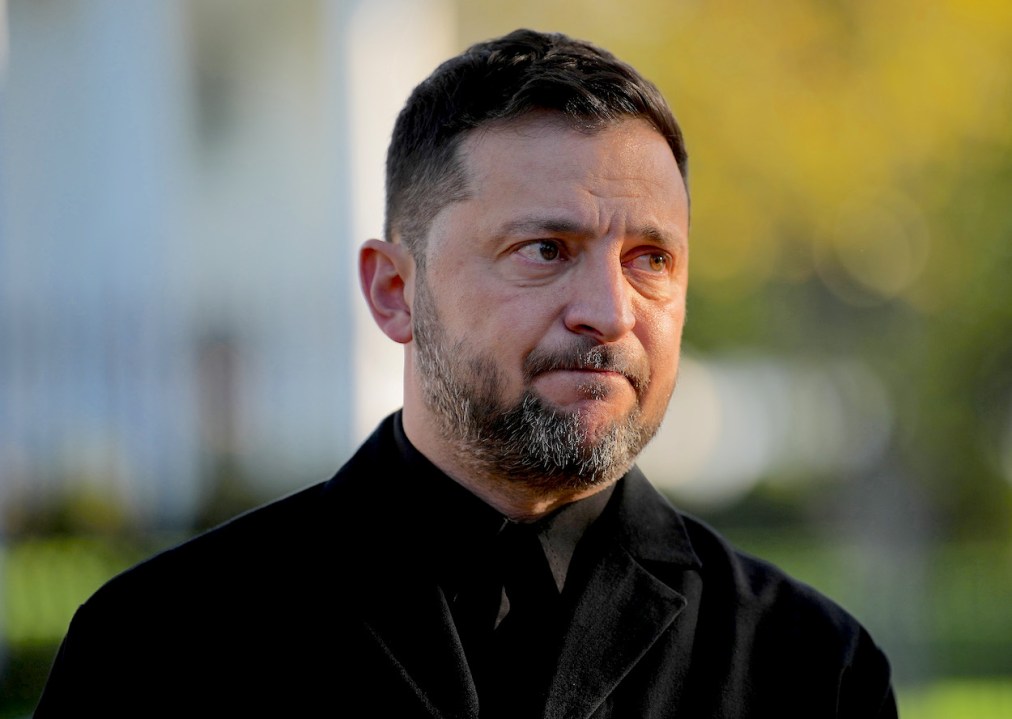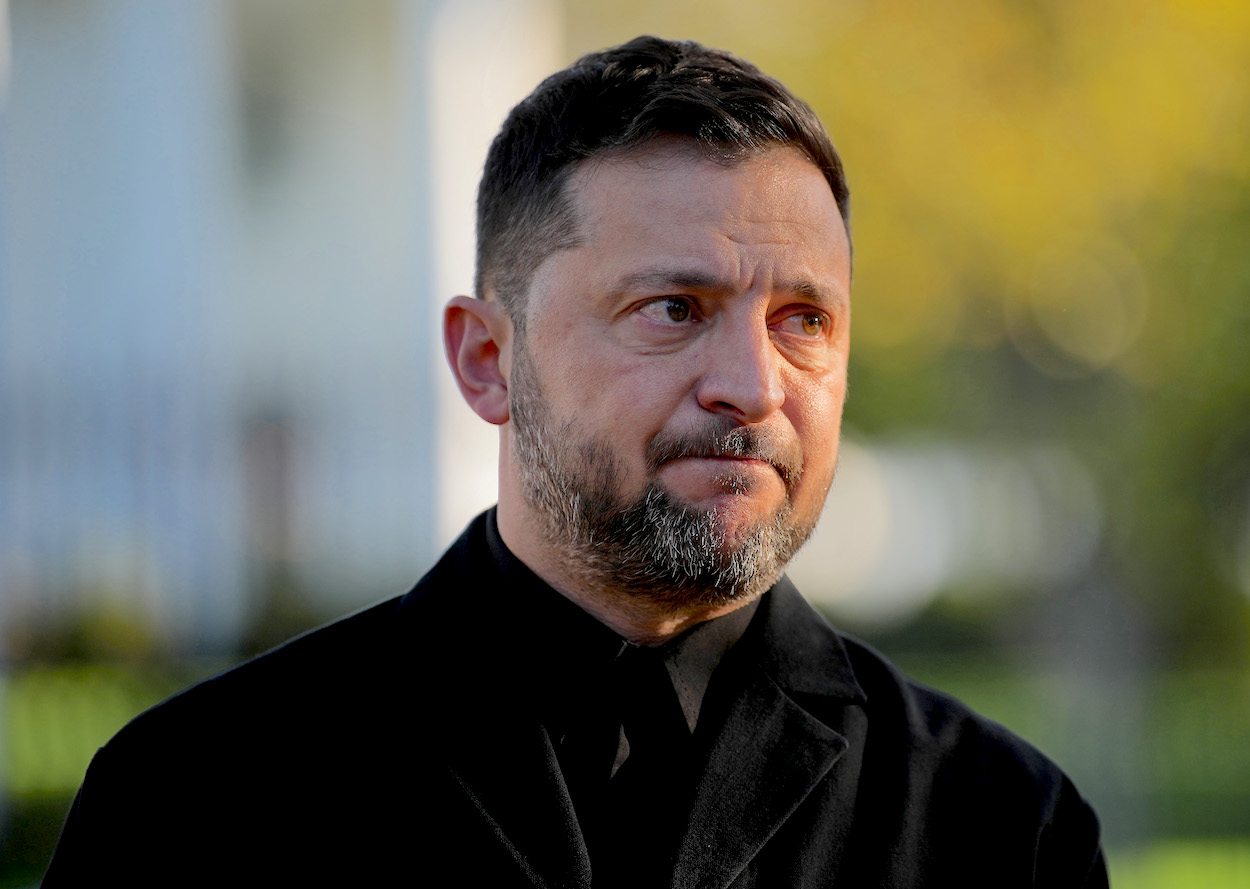Keeping abreast of President Trump’s changing moods has never been so challenging, especially for Volodymyr Zelensky, his Ukrainian counterpart.
Judging by reports emerging of their meeting last Friday in the Oval Office, Trump made it clear in somewhat candid language that Zelensky should give up the eastern Donbas region of his country or face destruction by Russia.
Gone was the sunny prediction made by Trump only three weeks or so earlier that if Zelensky pursued the war with Russia, backed by Europe and Nato, he could win a famous victory and drive the Russians out of all the occupied territories.
The sudden about-turn followed Trump’s two-hour phone call with President Putin last Thursday in which apparently the Russian leader stipulated that if the whole of Donetsk, one of two provinces in Donbas, was ceded to Russia, he would consider a ceasefire.
There was nothing new in Putin’s ‘solution’ to end the war, but it seems Trump was persuaded that land-for-peace really was the answer, and he told Zelensky as much when the embattled Ukrainian leader flew to Washington, supposedly to argue his case for the US to supply him with 1,500-mile-range Tomahawk cruise missiles.
European diplomats briefed on the Friday meeting told the Financial Times the volte face led to a ‘shouting match’ between the two men, reminiscent of the public scolding Zelensky received at the hands of Trump and Vice President JD Vance in the White House in February.
The US president, it was claimed, resorted to cursing and at one point threw aside maps of Ukraine which Zelensky had brought with him to underline a few geographical facts of life.
The Tomahawk question was effectively dismissed by Trump as too escalatory, and Zelensky left Washington with nothing to show for his latest bout with the president other than an earful of ‘get-real’ warnings.
Poor Zelensky. All he could do was order his foreign ministry to set up an urgent meeting with the European Coalition of the Willing partners and get them to have another go at trying to persuade Trump that conceding territory to Putin would be disastrous not just for Ukraine but for the stability and security of the whole of Europe.
This second blow-up between Trump and Zelensky does not augur well for Ukraine. The two leaders hold directly divergent views about Putin’s intentions. Trump is convinced that Putin wants to end the war because of the damage it is doing to Russia’s economy, while Zelensky is adamant that the Russian president is not inclined to stop the fighting and that he is cunningly exploiting the US president to get what he wants.
The planned summit between Trump and Putin in Budapest may well be promulgated as a last chance to reach a ceasefire and end the war. But judging by the revelations of the verbal bashing Zelensky received at the Friday meeting with Trump, Putin will feel confident that his demand for Donetsk will be at the top of the agenda.
On Air Force One on Sunday, Trump denied to reporters that he and Zelensky discussed surrendering the whole Donbas region.
‘We think that what they should do is just stop at the battle lines. You have a battle line right now. The rest is very tough to negotiate,’ he said.
He added: ‘I said: “Stop the battle, go home, stop fighting, stop killing people.”’
Why does Putin want Donetsk so badly?
The omens are not good
The Russian president has been trying to seize control of the Donbas region, made up of two provinces, Donetsk and Luhansk, ever since 2014 after Moscow’s bloodless annexation of Crimea.
Following the Russian invasion of Ukraine on 24 February 2022, Putin announced the annexation of four territories in southeastern and southern regions: Donetsk and Luhansk, as well as Zaporizhzhia and Kherson.
However, the declared annexations were premature. Today, although Luhansk is in Russian hands, Ukrainian forces still control key areas of Donetsk, around the cities of Sloviansk and Kramatorsk, and about 25 per cent of Zaporizhzhia and Kherson. Fighting in these areas has been remorseless, with Russia making small gains.
Donbas has strategic significance for Moscow. The port of Mariupol, for example, has access to the Black Sea. The region is also heavily industrialised and has rich farmland and mineral resources. A large proportion of the population are Russian speakers which Moscow claims is justification for the region to be Russian, not Ukrainian. This, of course, is disputed.
To counter Russian military advances in the east, Ukraine has devoted huge effort to building up its defences in the areas still controlled by Kyiv, and Zelensky has repeatedly said he would never agree to ceding Donbas to the Russians.
On the face of it, there was every reason for Zelensky to return to Kyiv from his White House drubbing in a mood of gloom and despondency. He reportedly agreed that fighting should stop on current battlelines. But as the basis for a ceasefire, it seems unlikely that Putin will go along with it.
Now all eyes will be on next week’s meeting of high-level Russian and American officials whose remit will be to find a formula for progress which can then be taken up by Trump and Putin at their Budapest summit.
However, the omens are not good. Poland’s Prime Minister Donald Tusk summed up the dilemma succinctly in a post on X on Sunday when he wrote: ‘None of us should put pressure on Zelensky when it comes to territorial concessions. We should all put pressure on Russia to stop its aggression. Appeasement never was a road to a just and lasting peace.’








Comments